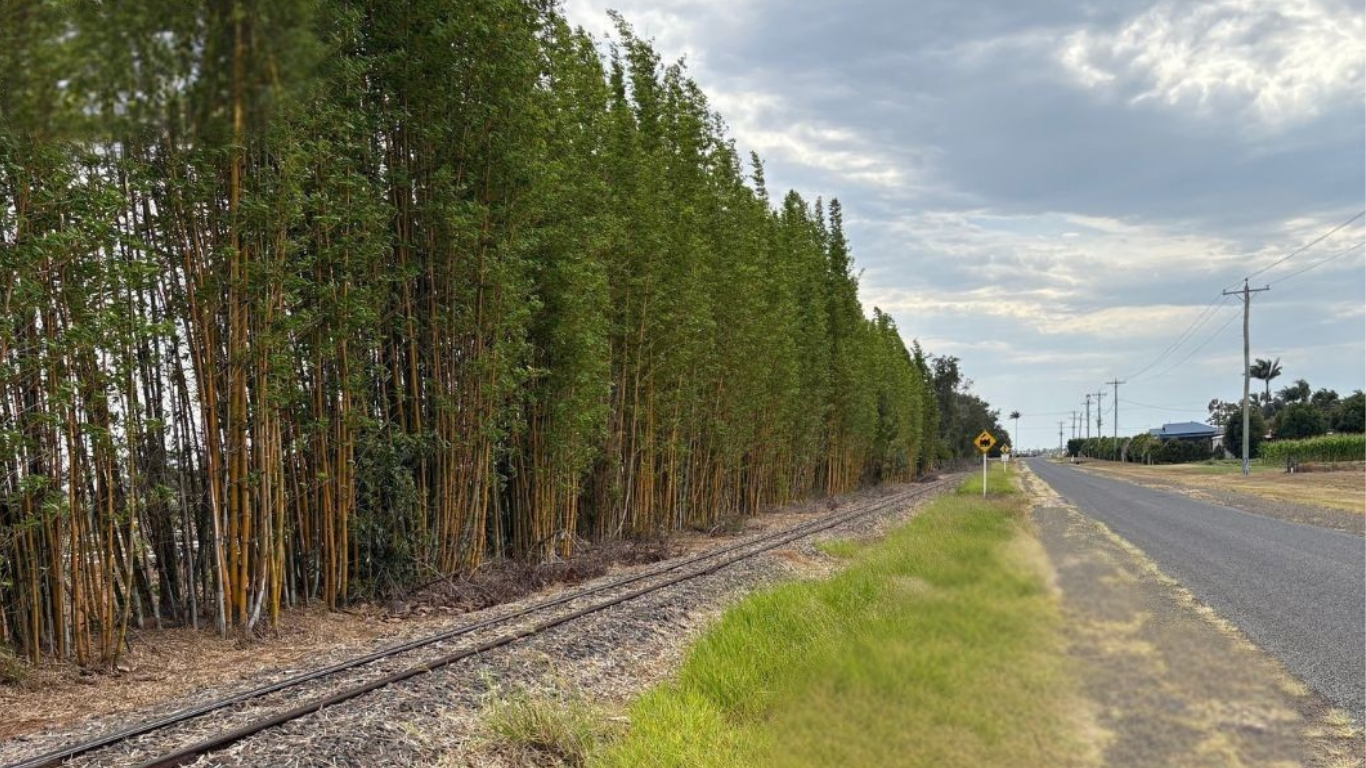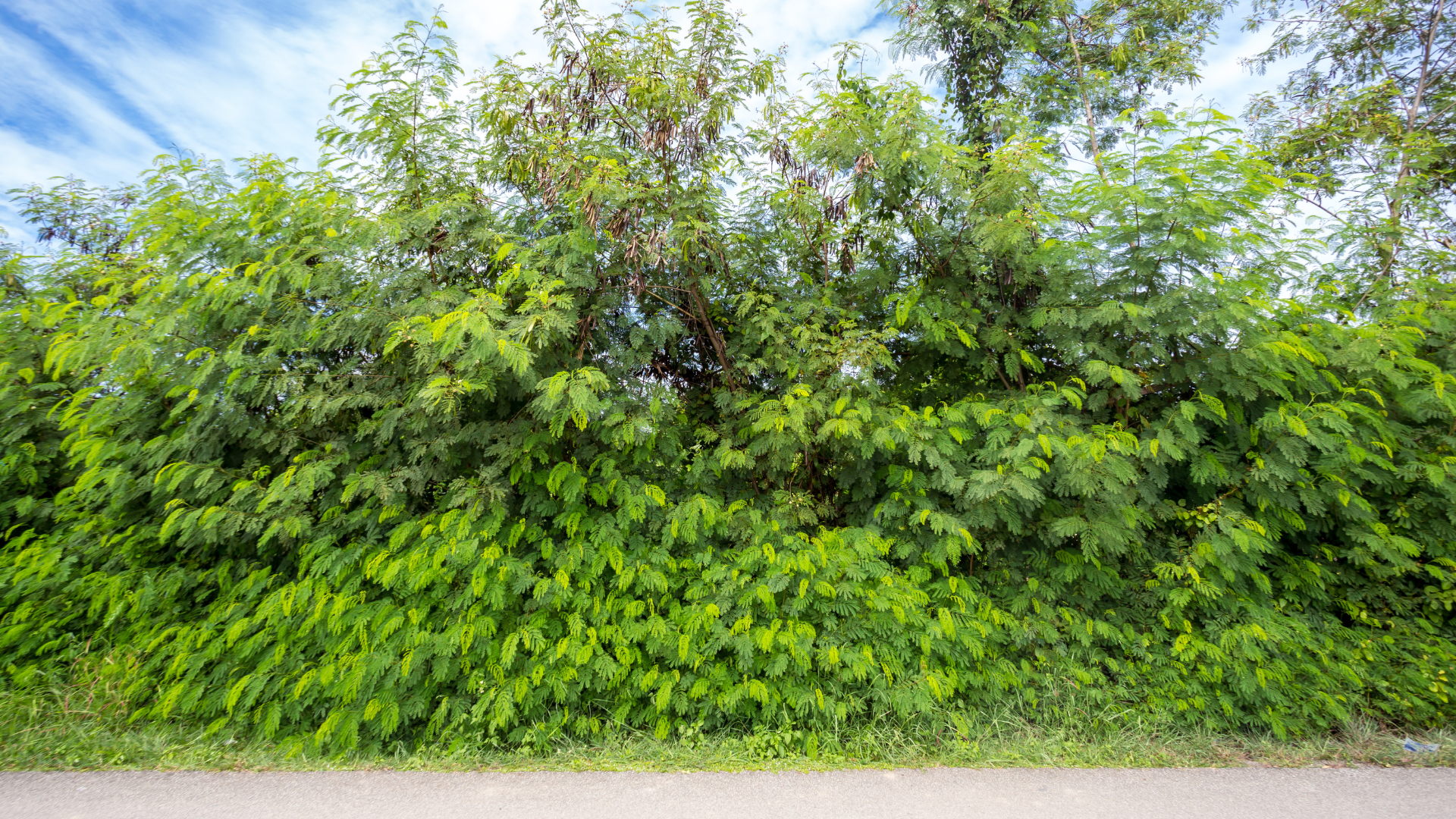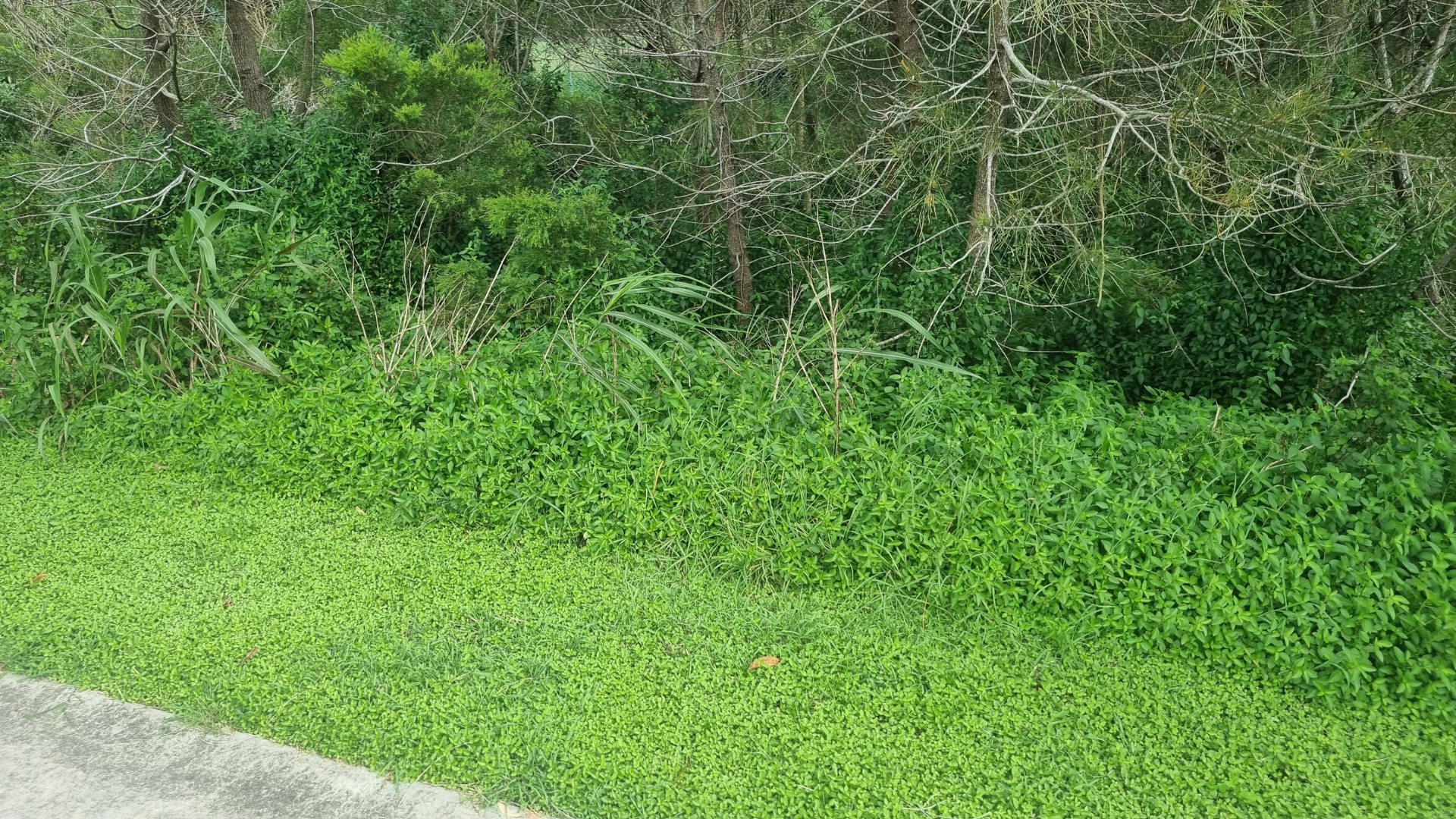
What are Eco-Friendly Herbicides?
The quest for more eco-friendly weed control solutions has gained momentum in recent years. Concerns about the environmental impact of traditional chemical herbicides have also grown. While the concept of eco-friendly herbicides is promising, it comes with its own set of challenges.
The Promise of Eco-Friendly Herbicides
Many people often refer to eco-friendly herbicides as environmentally friendly non-toxic weed killers or organic herbicides. They are products designed to control weeds while minimising harm to the environment, non-target species, and human health.
Manufacturers use natural or non-toxic ingredients to make these products. These herbicides with low environmental impact can offer an alternative to traditional chemical options.
Alternative Herbicides
Several alternatives to traditional chemical herbicides fall under the eco-friendly category. These include:
-
Vinegar-Based or Acid Based: These products use acetic or other acids including nononaic acid. They are effective against many broadleaf weeds but may require higher concentrations for tough weeds.
-
Plant-Based: Some products use essential oils or extracts from plants. These products often use clove, cinnamon, or lemongrass extract. They have low toxicity but their efficacy can vary depending on weed species and growth stages.
-
Microbial: Naturally occurring bacteria or fungi can target certain weed species. These products are highly selective and may have limited broad-spectrum control. Products such as, Yates Slasher Organic Weedkiller Herbicide and Adama Di-Bak Parkinsonia, fall under the Microbial Herbicides category.
Challenges of Eco-Friendly Herbicides
Eco-friendly herbicides come with significant challenges. These include:
-
Higher Cost: Many eco-friendly herbicides are expensive to manufacture. Application methods can also be more expensive than traditional chemicals. This cost can be a barrier for farmers and land managers.
-
Variable Results: It can be difficult to achieve consistent and rapid weed control. Hard to kill and well established weeds are particularly challenging. Multiple applications and careful timing are often necessary.
-
Selective Control: Some eco-friendly herbicides are highly selective. They will only control certain weeds. This limits their usefulness when compared to broad-spectrum chemicals.
-
Long-Term Control: Many eco-friendly options lack residual control, requiring frequent repeat applications to prevent regrowth.
Sustainability and Efficacy
How to choose an eco-friendly herbicide often comes down to a choice between sustainability and efficacy. Here are some considerations for finding the right balance:
-
Integrated Weed Management: Combine various weed control strategies. These include cultural practices, mechanical methods, and targeted chemical use. This approach can boost the effectiveness of eco-friendly herbicides.
-
Weed Species and Growth Stage: Understand the specific weed challenges on your land. Knowing the growth stages of the weeds can help you choose the most appropriate option.
-
Cost-Benefit Analysis: Evaluate the cost of eco-friendly herbicides against their long-term benefits. Consider the reduced environmental impact and potential market advantages for sustainable produce.
For assistance on how to Choose the right Herbicide for Australian conditions, you can read more from this article.
Eco-friendly herbicides represent a promising step toward more sustainable and environmentally responsible weed management. However, they come with their own set of challenges, including higher costs and variable efficacy.
Finding the right balance between eco-friendly and efficacy requires a thoughtful approach. Carefully consider the specific weed control needs of each situation.
As innovation continues, it's likely that these alternatives will become more effective and accessible. There is a bright future for environmentally responsible weed management.
Additional content
VIEW GWS' ADDITIONAL CONTENT TO LEARN MORE ABOUT THE WEED INDUSTRY

Smarter growth management with Padre 270 for linear infrastructure and managed vegetation zones
As Australia’s linear-infrastructure networks expand, there is increasing need for low-impact, reliable and cost-effective vegetation management strategies. Padre 270 provides a practical, research...
Read more
Leucaena leucocephala: Weed Hygiene Case Study
Australia’s transport corridors are not just conduits for commerce—they are vectors for biological change. Leucaena leucocephala, valued as a forage crop, also threatens to invade new environments ...
Read more
Dyschoriste depressa Weed Hygiene Case Study
Australia’s extensive transport infrastructure traverses not just farmland but wetlands, forests, and urban edges. This diversity is matched by emerging weed threats such as Dyschoriste nagchana, (...
Read more
